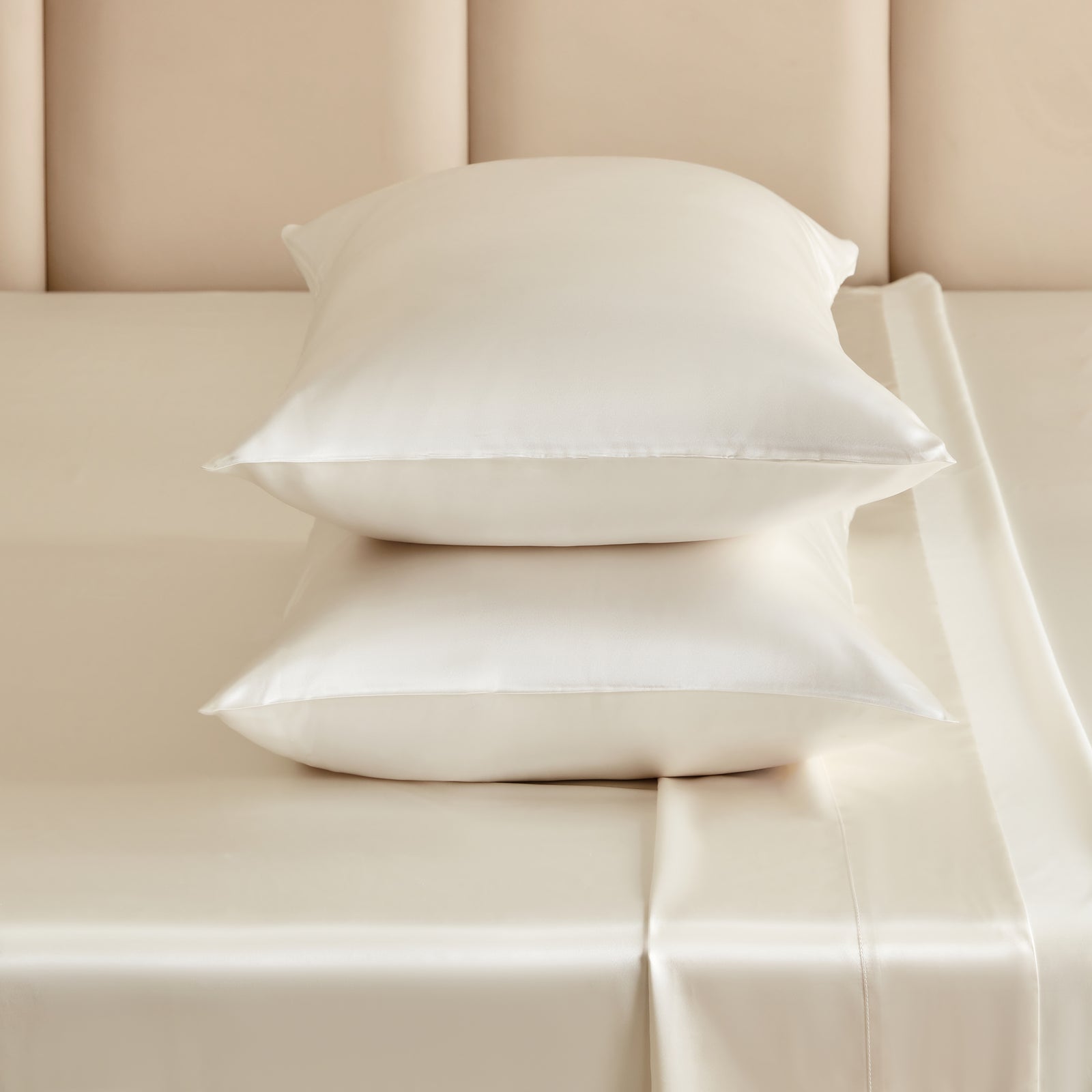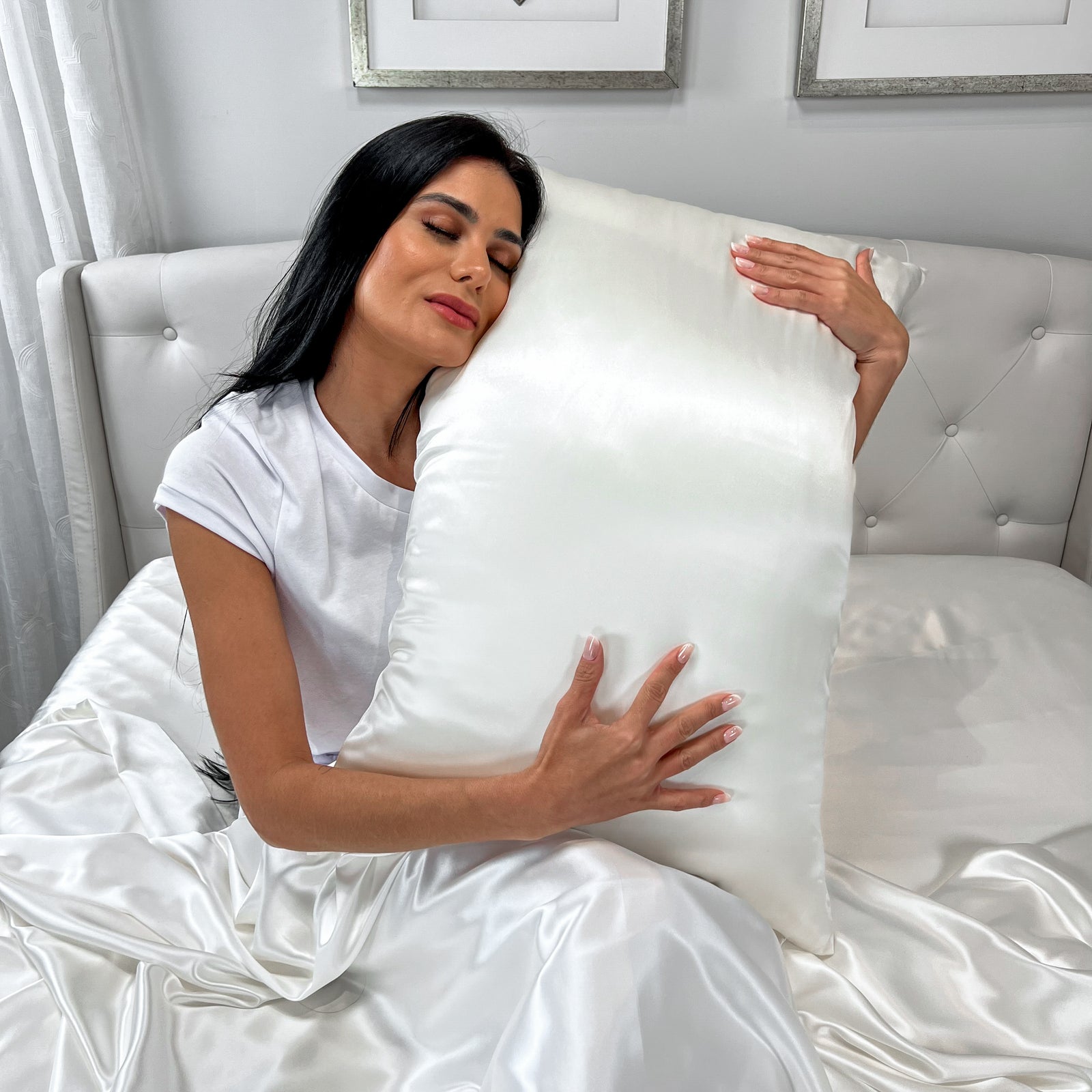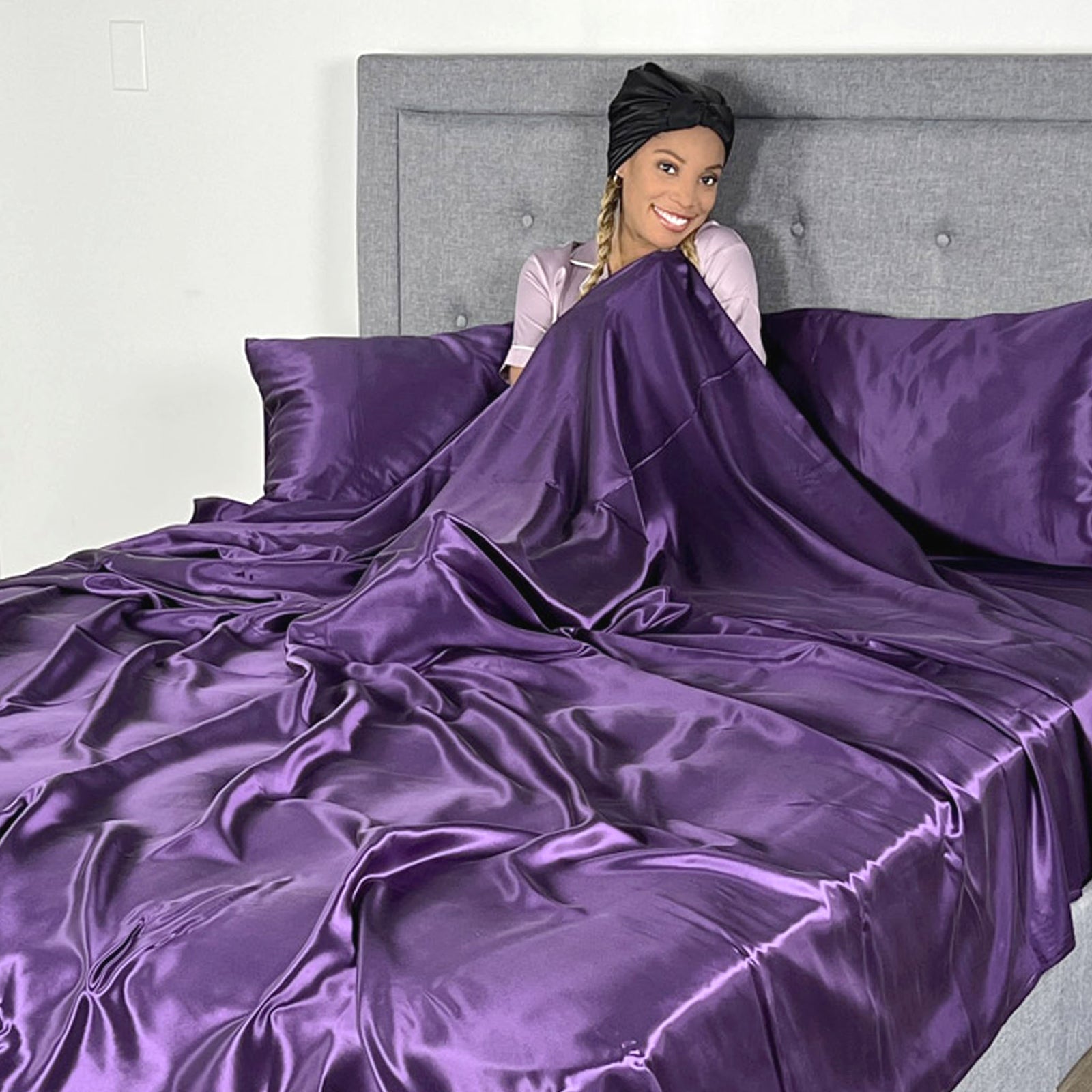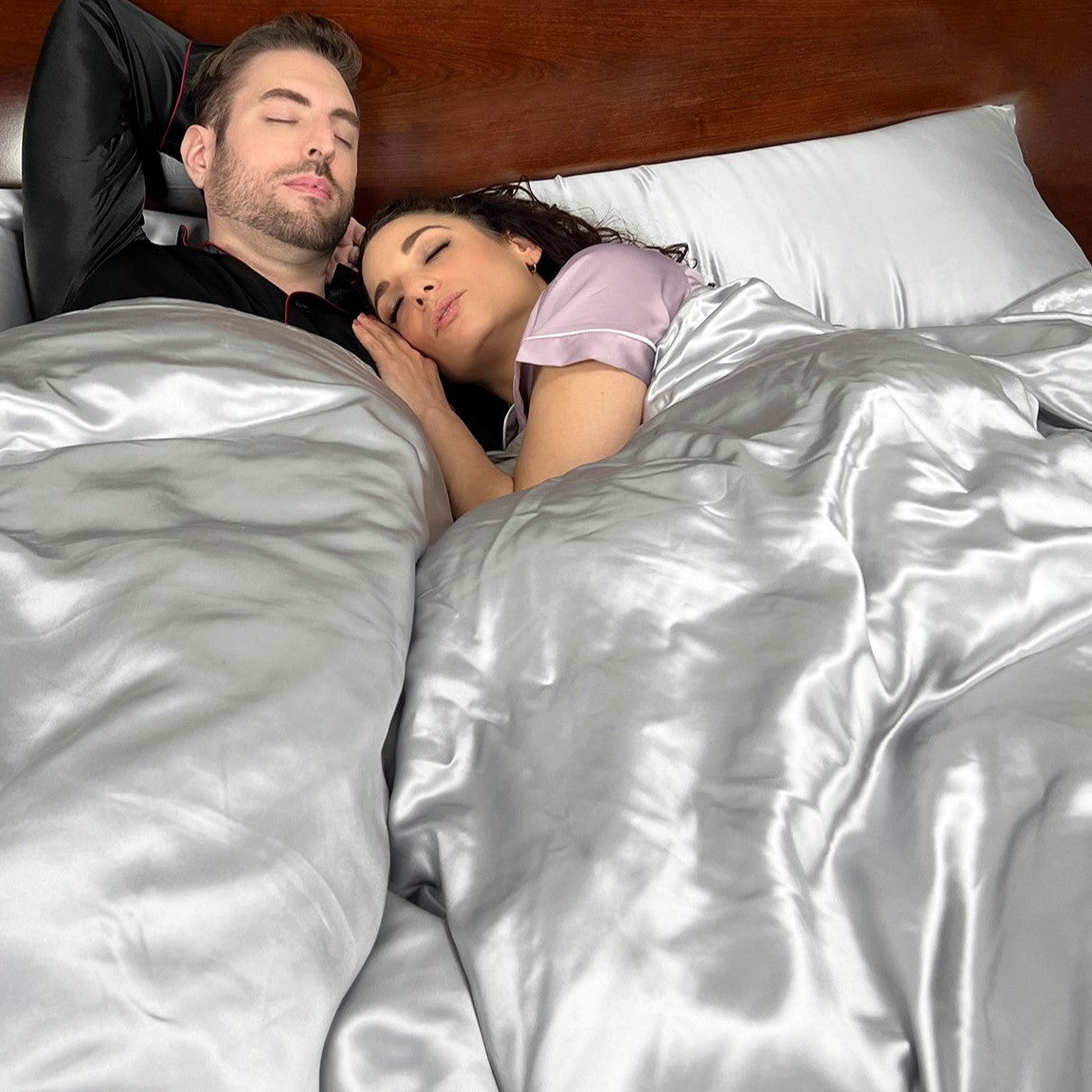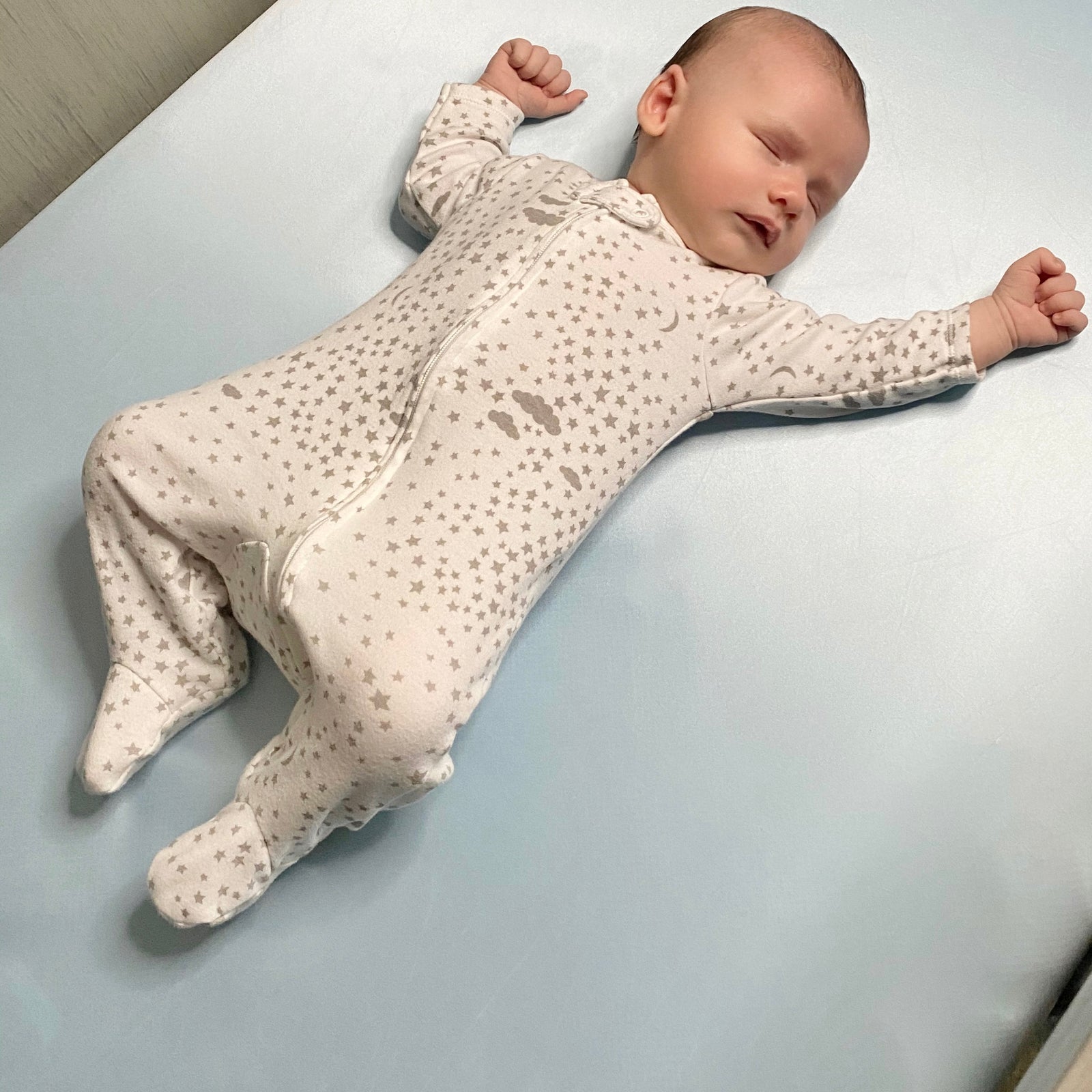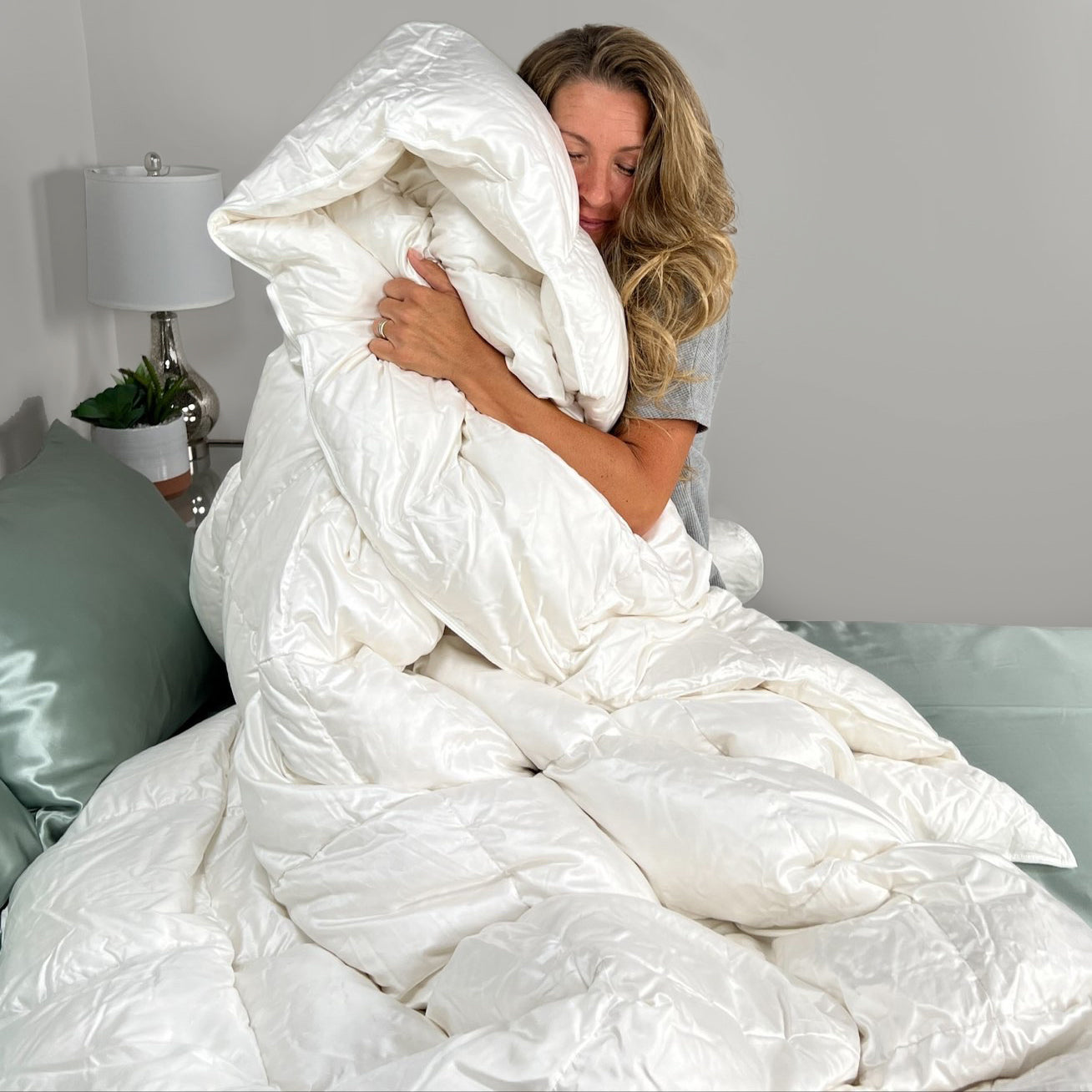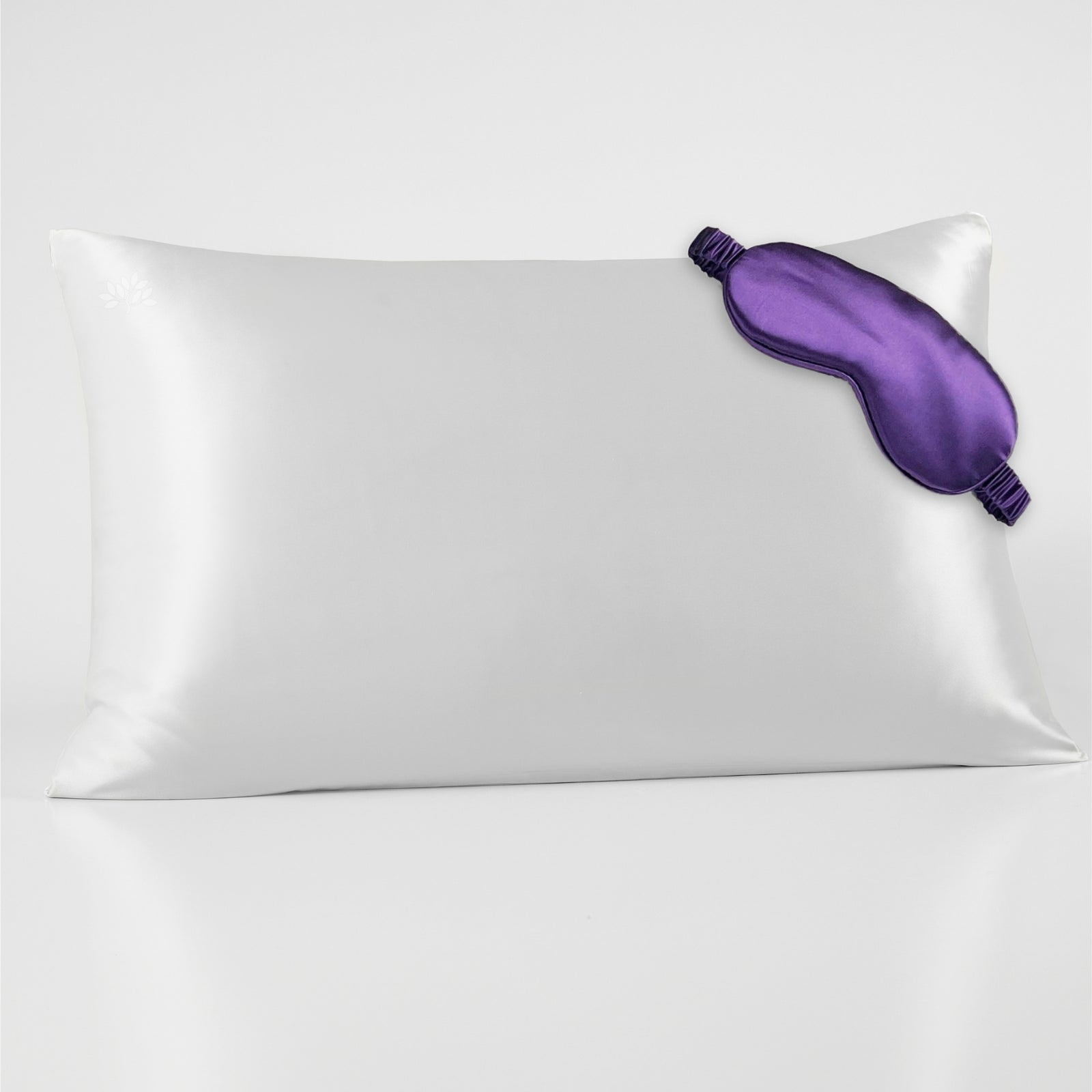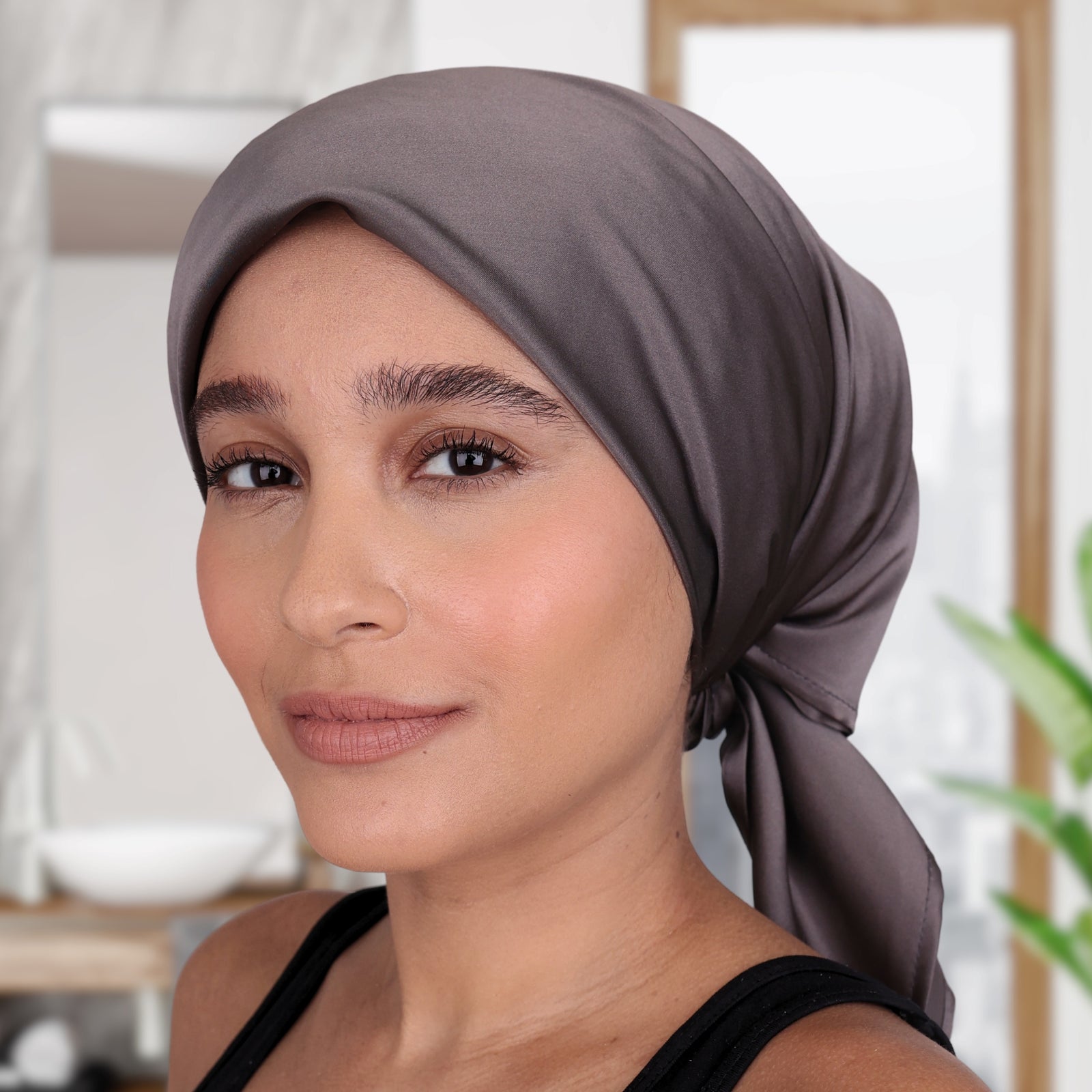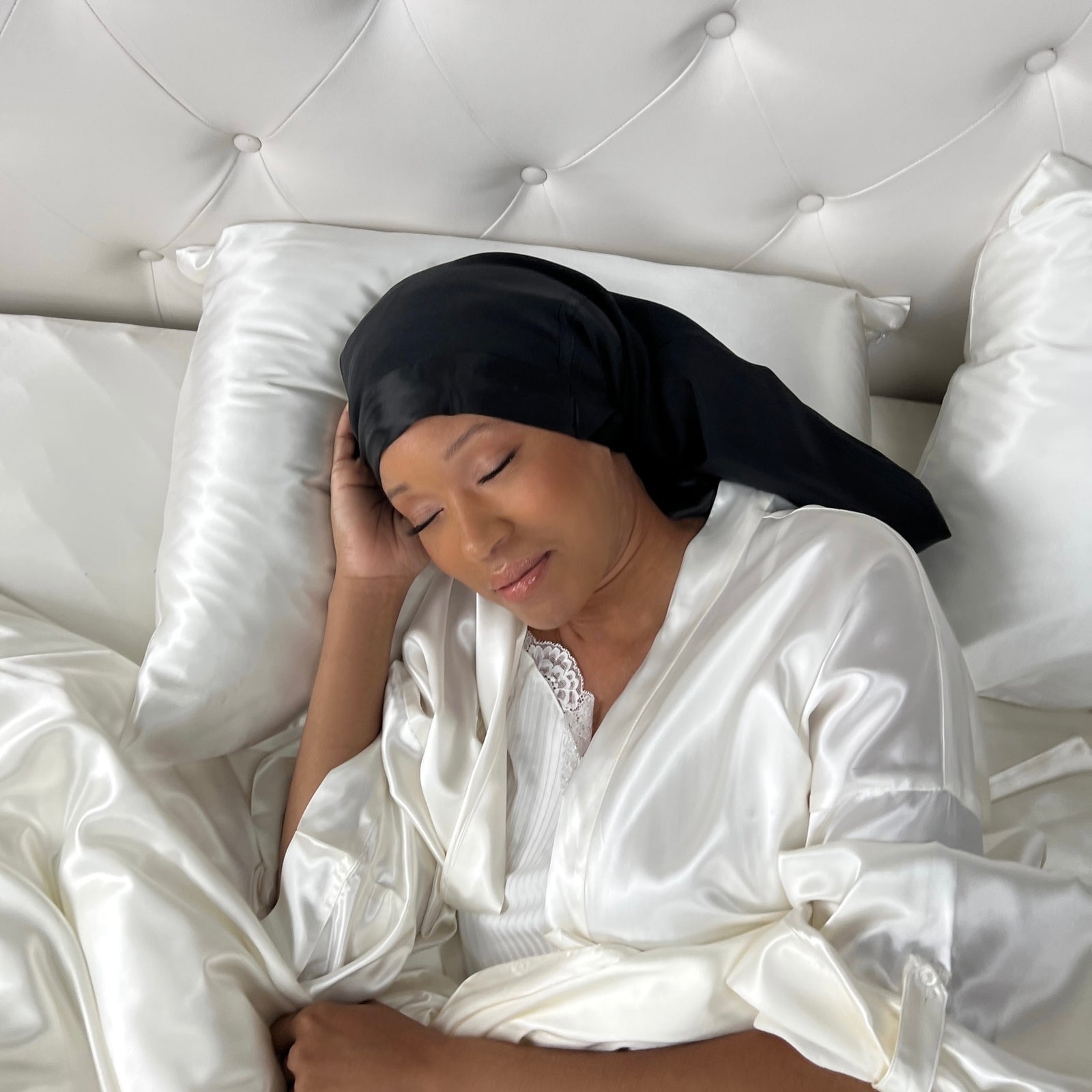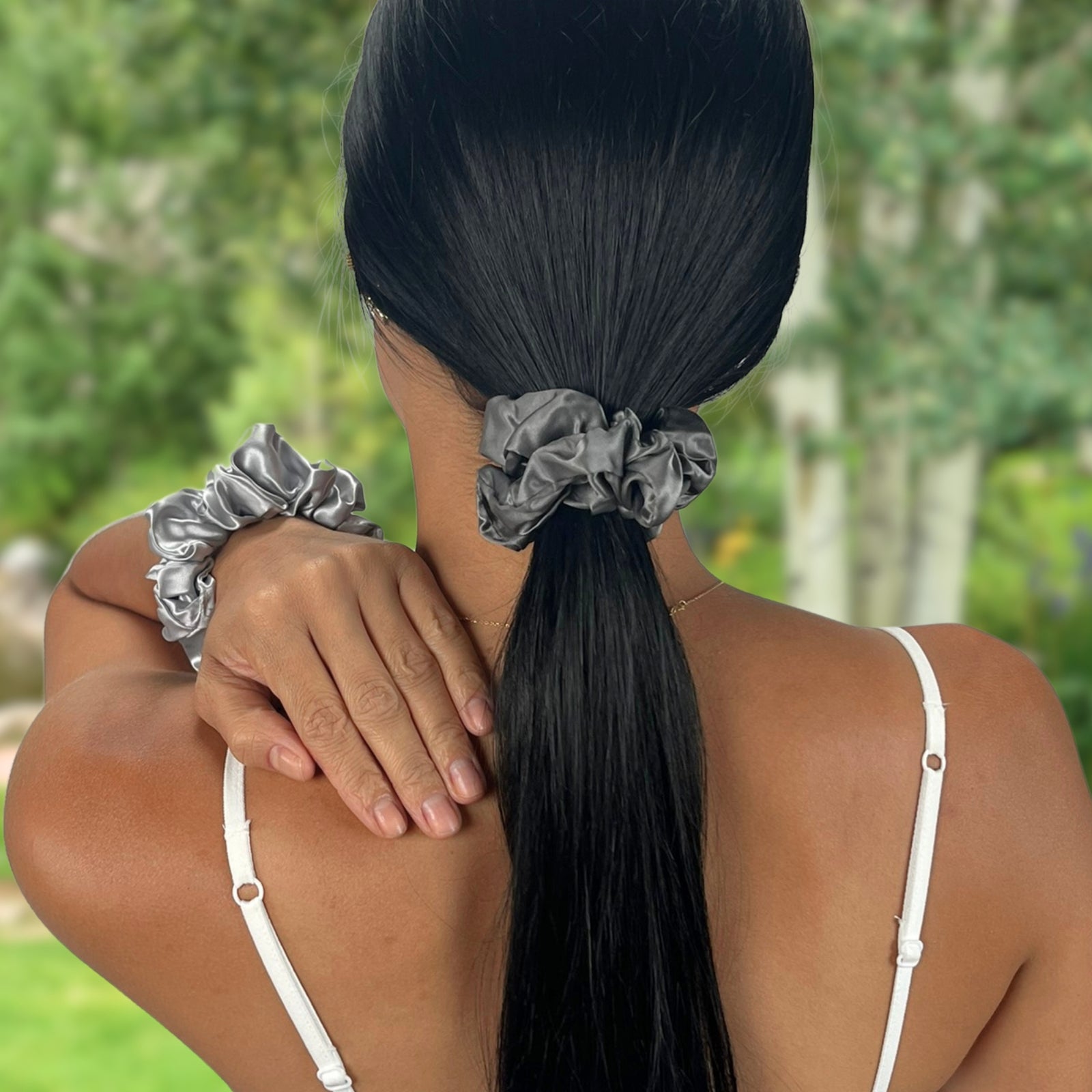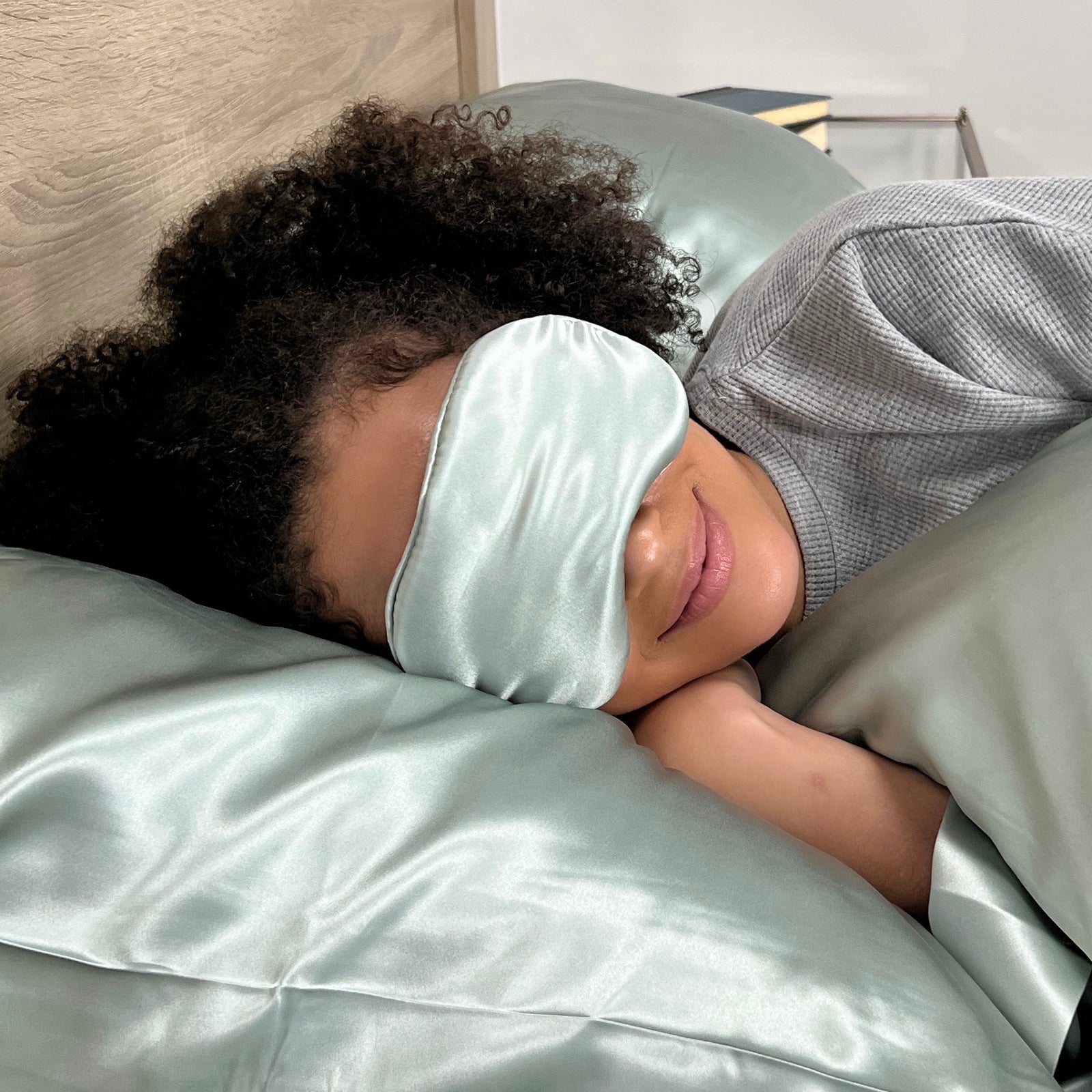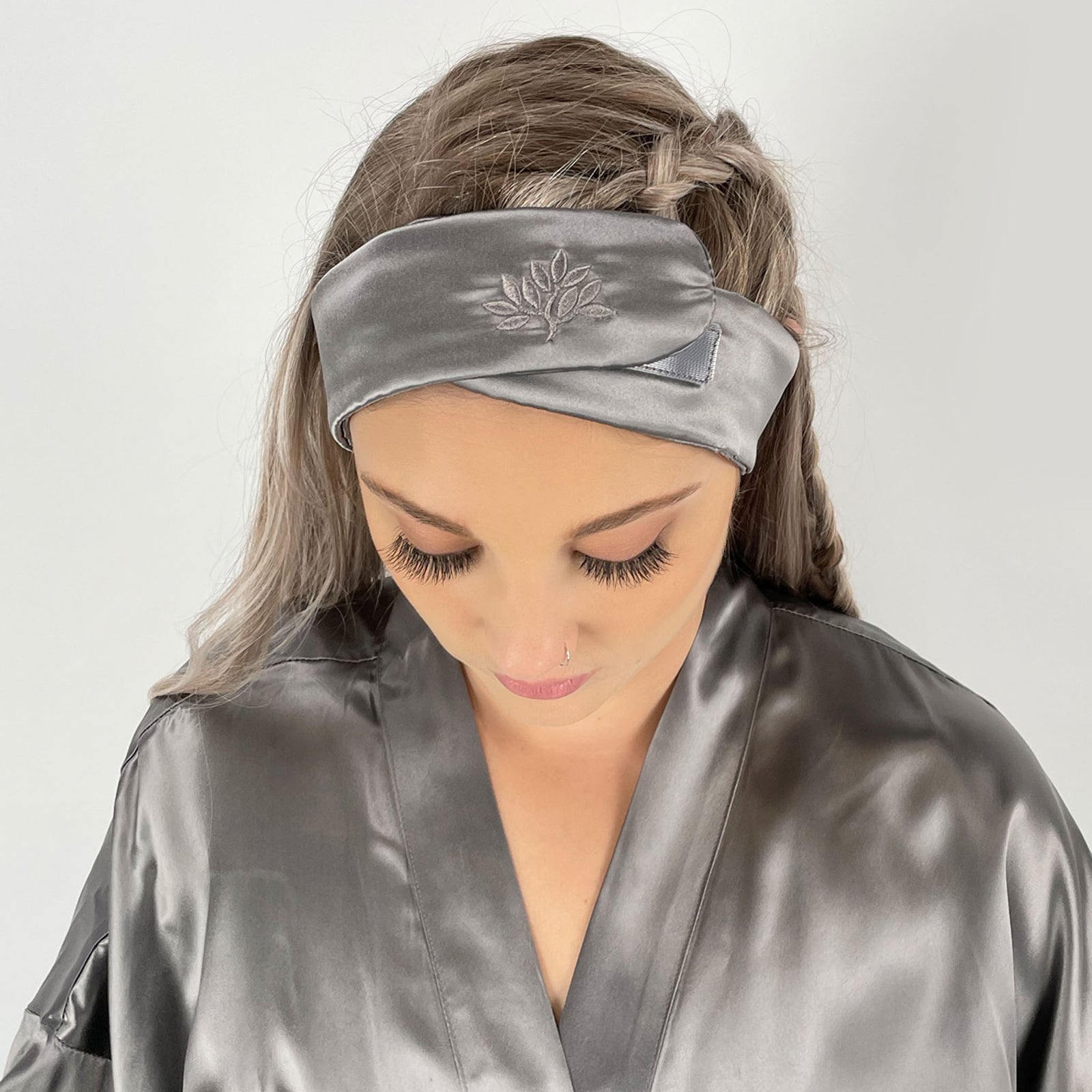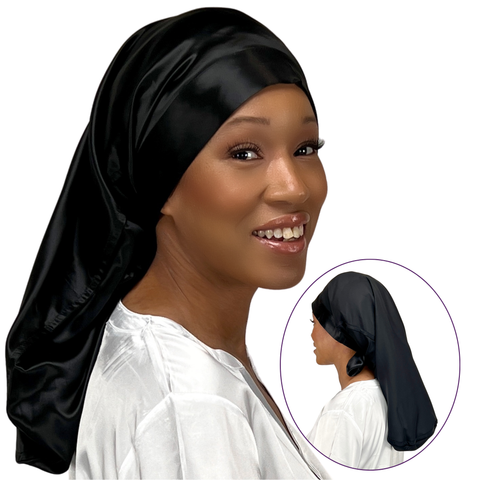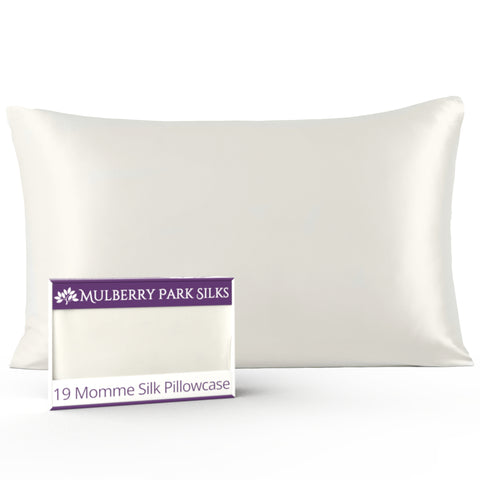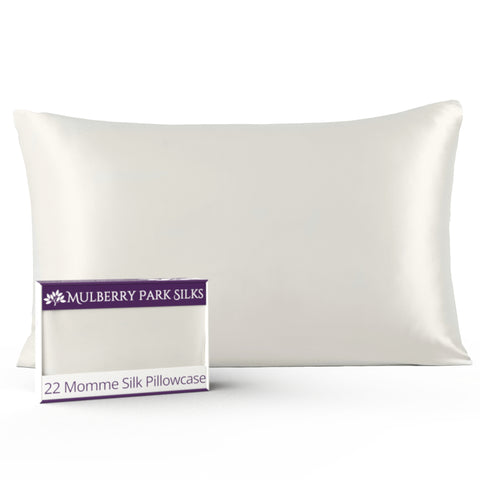If you're searching for a credible, practical way to fight hair loss-and are tired of wading through "miracle cures" that feel more like snake oil than science-you're come to the right place. We Globally, about 85% of men and 33% of women will experience hair loss in their lifetime, often prompting a search for effective solutions.
Key Takeaways
- Silk pillowcase for hair loss — Silk’s ultra-smooth surface reduces nightly friction to help prevent breakage, shedding, and split ends compared with cotton.
- Moisture retention & scalp health — Silk is less absorbent than cotton, helping hair and scalp retain hydration, support healthy hair follicles, and promote a balanced scalp environment.
- Gentle for sensitive scalps — Ideal for thinning hair and conditions like alopecia areata, traction alopecia, alopecia totalis, and androgenetic alopecia.
- Supports recovery — A smart choice after hair transplantation and during other treatments (PRP, microneedling, low-level laser) to minimize rubbing and irritation on delicate regrowth.
- Better than cotton for product preservation — Silk helps keep leave-ins and serums where they belong (on your hair and skin), reducing product transfer to your pillowcase.
- Choose proven quality — Look for 100% pure Grade 6A mulberry silk in 22 momme (medium weight) or 30 momme; OEKO-TEX® STANDARD 100 tested for over 1,000 harmful substances.
- Simple care, lasting benefits — Wash weekly with a silk-safe detergent and air dry to maintain the fabric’s smooth, protective finish.
A Silk Pillowcase for Hair Loss
You may already know silk is a game-changer for frizz, but did you know that sleeping on a pure mulberry silk pillowcase can be especially beneficial for thinning hair? The benefits of our silk pillowcases can be even more pronounced for individuals experiencing hair loss. There is no better time than National Hair Loss Awareness Month, observed in the month of August, to learn more about why hair loss occurs and how silk can help.
Many genetic, medical, and environmental factors influence whether or not we lose our hair. As you are likely aware, conditions like male pattern baldness and female pattern baldness run in families; this type of hair loss is genetic and tends to follow a hereditary pattern through generations. Along with male pattern baldness (MPB) and female pattern baldness (FBP), hair loss can be caused by multiple additional factors:
-
Hormonal changes and imbalances (especially pregnancy, post-partum, and menopause)
-
Autoimmune diseases such as Alopecia Areata and Alopecia Totalis
-
Genetically inherited conditions such as androgenic alopecia
-
Cancer treatment such as chemotherapy and radiation
-
Diet or medication
-
Stress and mental health conditions
-
A tight hairstyle that tugs, breaks, and or pulls hair
-
Neglecting scalp health which can lead to clogged hair follicles that can hinder hair growth and increase shedding
-
Hair care habits that dry out and/or damage hair leading to hair loss (from over-washing and heat styling to harsh products that strip hair of it's natural oils)
While a silk pillowcase can't completely undo hair damage or reverse different types of hair loss, it does play an important part in promoting hair growth and repair. You can read in more detail about how a silk pillowcase helps promote healthy hair growth during the postpartum period here and how a silk pillowcase provides care and comfort during chemotherapy while protecting delicate regrowth here. You can also learn how menopause effects our hair in this helpful blog.
Benefits of a Silk Pillowcase for Hair Loss and Thinning Hair
Frequently Asked Questions About Silk Pillowcases & Hair Loss
Q: Are silk pillowcases good for thinning hair and breakage?
A: Yes. The smooth surface of a pure mulberry silk pillowcase minimizes friction, reducing overnight shedding and split ends, which is especially important for people with thinning hair or postpartum shedding.
Q: Is silk good for chemotherapy-related hair loss?
A: Absolutely. Silk is gentle and hypoallergenic, making it ideal for sensitive scalps during chemotherapy hair loss recovery. It won't snag delicate new growth and helps preserve scalp comfort.
Q: How often should I wash my silk pillowcase for healthy hair?
A: Wash once a week using a silk-safe detergent and cool water. Gentle washing helps maintain the fabric's smooth surface, which is essential for preventing hair damage and protecting thin or brittle strands.
Q: What's the difference between silk and satin pillowcases for hair loss?
A: Silk pillowcases are made from natural protein fibers that help retain moisture and support scalp health. Satin is a weave, often made from polyester, that lacks silk's breathability, moisture retention, and hair-strengthening benefits.
Q: Will sleeping on silk help with postpartum hair loss?
A: While silk won't stop hormonal postpartum hair shedding, it can protect fragile new regrowth from breakage, maintain hydration, and create a gentle environment for your scalp.
Q: Can sleeping on a silk pillowcase help after hair transplantation?
A: Yes. After hair transplantation, newly implanted hair follicles are extremely delicate and prone to damage from friction and pressure. A pure mulberry silk pillowcase offers a smooth, gentle surface that reduces pulling, snagging, and irritation-helping protect grafts and support optimal healing.
Q: How does silk benefit the scalp during other hair loss treatments?
A: Procedures like PRP therapy, microneedling, and low-level laser therapy can leave the scalp sensitive. Silk's low-friction texture and minimal absorbency help maintain scalp comfort, preserve post-treatment serums, and reduce redness or irritation.
Q: Can a silk pillowcase help maintain results after hair transplantation?
A: Absolutely. Once healing is complete, silk continues to protect fragile new growth by minimizing breakage, preserving moisture, and supporting healthy hair follicles-all of which help maintain the long-term results of hair transplantation.
Q: Is silk better than cotton after hair transplantation?
A: Yes. Cotton is absorbent and has a rougher texture, which can wick away moisture and snag delicate hair. Silk retains hydration, reduces friction, and creates a safer sleep environment for newly transplanted or regrown hair.
Q: Should I use a silk bonnet or scarf after hair transplantation?
A: In addition to a silk pillowcase, a silk sleep bonnet or silk head scarf can keep hair in place during sleep, prevent tangling, and add extra protection against rubbing or friction-especially during the first weeks of recovery.

